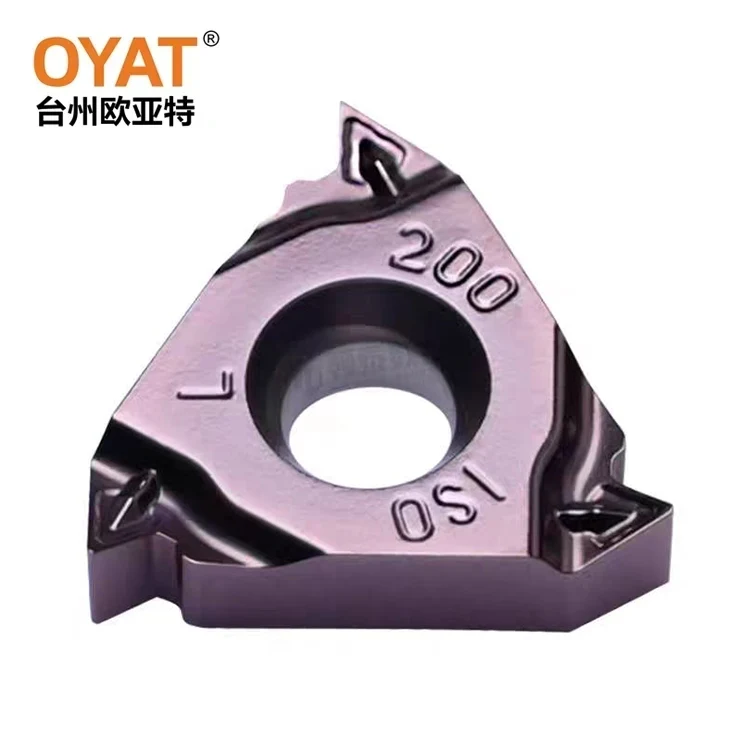How to Choose the Correct Turning Insert
2025-04-28
Choosing the correct turning insert is essential for achieving the best machining performance, extending tool life, and ensuring the quality of your finished product. Whether you're roughing heavy materials or doing fine finishing, the right insert makes all the difference. Here’s what you need to consider:
1. Know Your Workpiece Material
Different materials have different machining characteristics. Choose inserts designed specifically for your material:
- Steel: Use inserts with tough coatings for wear resistance.
- Stainless Steel: Look for inserts that handle heat and resist work hardening.
- Cast Iron: Choose sharp, wear-resistant inserts.
- Aluminum and Non-Ferrous Metals: Use polished, uncoated, or specific aluminum-grade inserts.
- Superalloys and Hardened Steels: Select CBN, ceramic, or specially coated carbide inserts.
Matching the insert grade to your workpiece material is critical for performance.

2. Select the Right Insert Shape
Insert shape impacts both strength and accessibility:
- Round Inserts: Strongest; best for heavy roughing.
- Square Inserts: Tough and efficient; good for general roughing.
- Diamond and Triangular Inserts: Provide good accessibility and are suited for finishing operations.
Use stronger shapes for roughing and more pointed shapes for finishing to balance strength and precision.
3. Choose the Proper Insert Size
Insert size should match your machine capacity and application needs:
- Larger Inserts: Provide higher strength and are better for roughing.
- Smaller Inserts: Suited for fine, detailed work and lighter machines.
Always ensure the insert fits the toolholder correctly for stable machining.
4. Pick the Correct Insert Grade and Coating
Insert grades and coatings directly impact wear resistance and toughness:
- Coated Carbide: Good for general-purpose machining, high speeds, and tough conditions.
- CBN and Ceramic: Ideal for hard materials and high-heat operations.
- Uncoated Inserts: Best for soft non-ferrous materials like aluminum.
Common coatings include TiN, TiCN, TiAlN, each offering different benefits like heat resistance and reduced friction.
5. Determine the Right Nose Radius
The nose radius affects both the finish and the strength of the insert:
- Larger Nose Radius (e.g., 0.8mm or more): Stronger and better for heavy cuts.
- Smaller Nose Radius (e.g., 0.2–0.4mm): Finer surface finish but weaker; suited for light finishing passes.
Match the radius to your roughness and tolerance requirements.
6. Consider Your Cutting Conditions
Analyze your machining parameters:
- Depth of Cut
- Feed Rate
- Cutting Speed
- Continuous or Interrupted Cut
For high feeds and heavy cuts, choose tougher inserts with strong edges. For fine finishing, use sharper, more precise inserts.
Conclusion
Choosing the correct turning insert involves balancing material, shape, size, grade, nose radius, and cutting conditions. A well-matched insert improves efficiency, extends tool life, and ensures a smoother, more consistent finish.
Need help selecting the right insert? Contact our technical experts — we’ll help you find the best solution for your machining needs.


